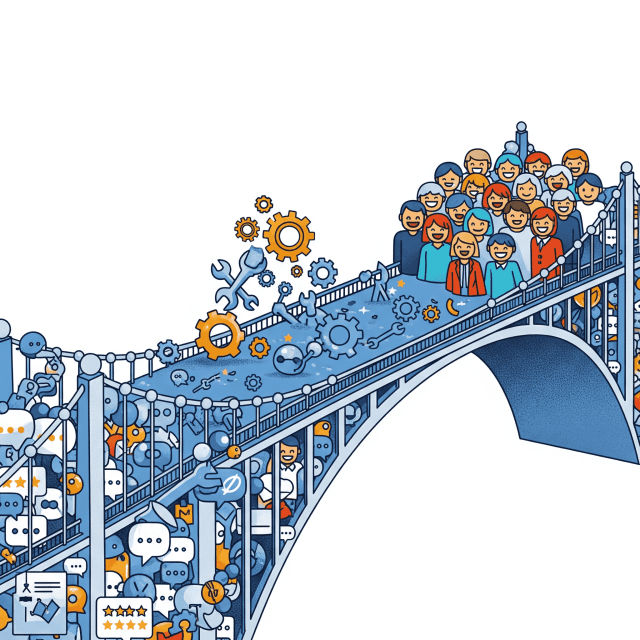In today’s competitive landscape, where customer expectations continuously evolve, businesses need to prioritize customer experience (CX) more than ever. A well-crafted customer experience can lead to increased loyalty, referrals, and ultimately, revenue. To enhance CX effectively, companies must harness the power of customer feedback, transforming insights into actionable strategies. This article explores essential tools that can facilitate this transformative process.
Understanding the Importance of Customer Feedback
Customer feedback is a goldmine of information. It provides insight into customers’ needs, preferences, and pain points. By listening to customers, businesses can identify areas for improvement and innovate their offerings. However, gathering feedback is just the beginning; the real challenge lies in analyzing it and taking action accordingly.
Essential Tools for Gathering and Analyzing Feedback
Surveys and Questionnaires
- Tools: SurveyMonkey, Google Forms, Qualtrics
- Benefits: Surveys are customizable and can be tailored to gather specific feedback on customer experiences. They enable companies to quantify feedback through structured questions, helping to identify trends.
Net Promoter Score (NPS)
- Tools: Delighted, Promoter.io
- Benefits: NPS is a widely used metric that measures customer loyalty by asking a single question: "On a scale from 0 to 10, how likely are you to recommend our product/service?" This tool helps to identify promoters, passives, and detractors, guiding targeted improvement strategies.
Social Listening Tools
- Tools: Hootsuite, Brandwatch, Sprout Social
- Benefits: Monitoring social media platforms for mentions of your brand allows businesses to gauge public perception and identify customer sentiments in real time. This enables immediate response and engagement with customers.
Customer Relationship Management (CRM) Systems
- Tools: Salesforce, HubSpot, Zoho
- Benefits: CRMs help store customer interactions, categorize feedback, and track customer journeys. This centralization aids in understanding customer touchpoints and can enhance personalized experiences.
Chatbots and AI Support
- Tools: Drift, Intercom, Zendesk
- Benefits: These tools utilize AI to engage customers in real time, answering questions and gathering feedback efficiently. They can analyze interactions to provide insights into common customer concerns.
- Usability Testing
- Tools: UserTesting, Lookback, Hotjar
- Benefits: Direct observation of customers interacting with your product or service allows for qualitative feedback. Usability testing can reveal user frustrations that may not be captured through traditional surveys.
Turning Feedback into Action
Once feedback is collected using the above tools, the next step is to analyze it and implement changes. Here are strategies to make this process effective:
1. Segment Your Audience
Understanding different customer segments can tailor improvements to specific needs. Use data from your CRM and feedback tools to group customers based on behaviors, preferences, and demographics.
2. Prioritize Issues
Not all feedback holds equal weight. Analyze the feedback to identify critical pain points that significantly impact customer satisfaction, and prioritize these for immediate action.
3. Foster a Culture of Continuous Improvement
Encourage a company culture that values customer feedback. Regularly share insights across teams to foster an organization-wide commitment to enhancing customer experiences.
4. Measure Impact
After implementing changes, measure their impact through follow-up surveys and analytics. This cyclical process of feedback and adjustment ensures that your strategies remain aligned with customer needs.
5. Communicate Changes
Let your customers know you’ve heard their feedback. Communicating improvements can enhance customer loyalty and trust, showing that their input is valued.
Conclusion
In an era where customer experience can determine a company’s success, converting feedback into actionable strategies is essential. The tools mentioned above serve as foundational elements that can guide organizations in gathering insights, analyzing data, and implementing enhancements. By fostering a culture that values customer feedback and continuously adapts to meet customer expectations, businesses can create exceptional experiences that lead to lasting loyalty and success.









